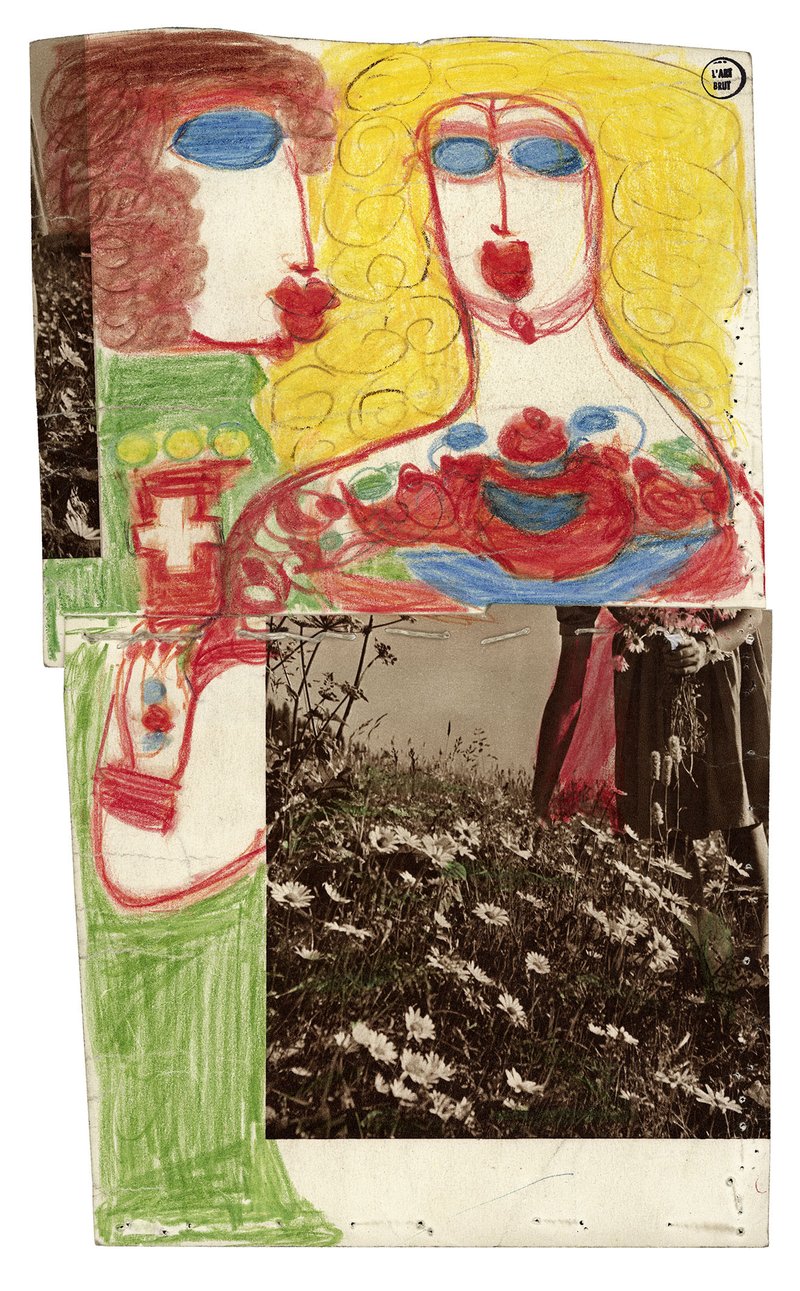
 Art Brut suisse - Des origines de la collection à aujourd'hui
Art Brut suisse - Des origines de la collection à aujourd'hui
Learn more


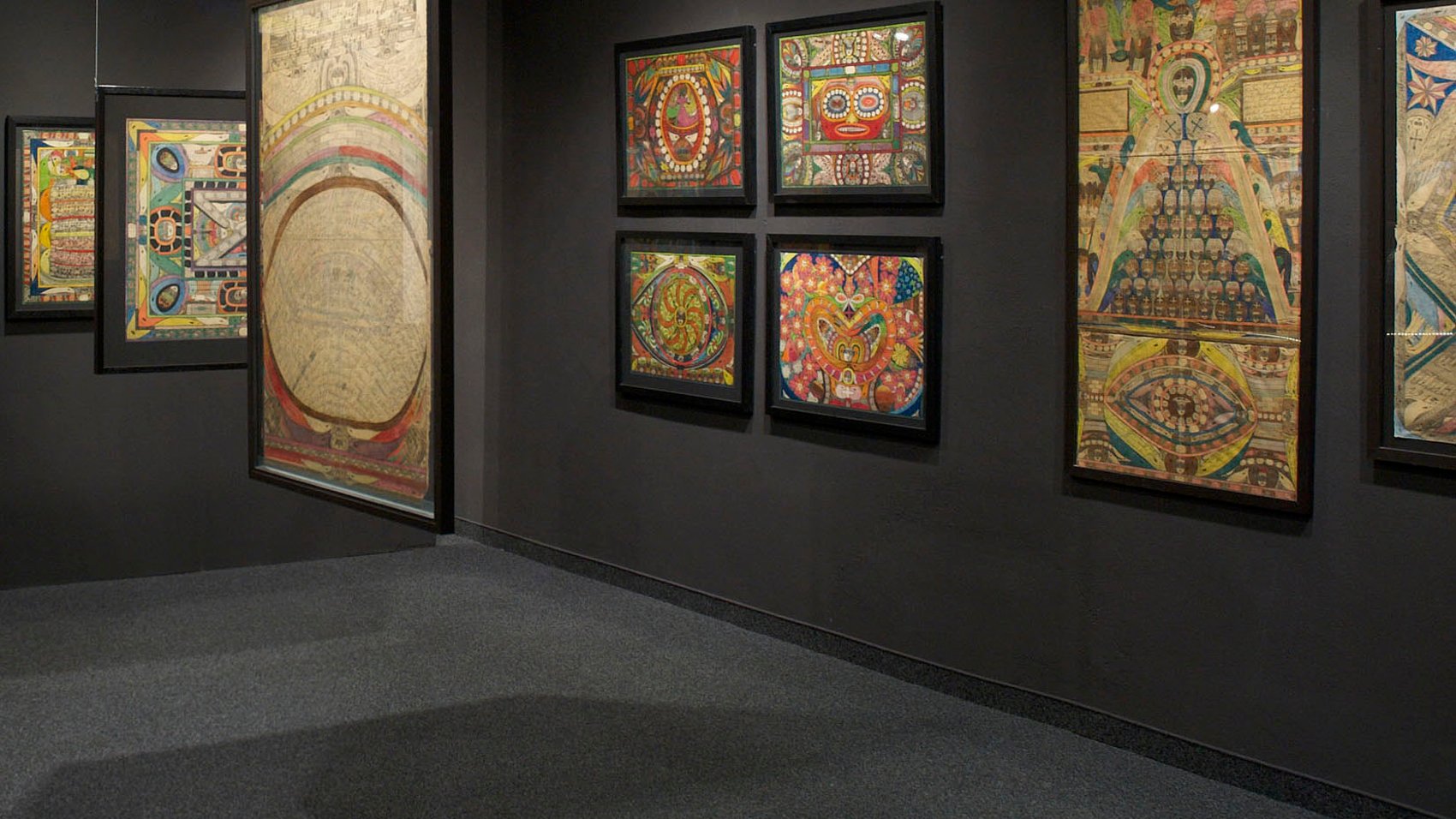
Immerse yourself in the world of Ding Liren during a continuous workshop open to all audiences, thrill to a performance by The Funky Lion Dancers association, and come dance with family or friends at our little ball!

Learn more
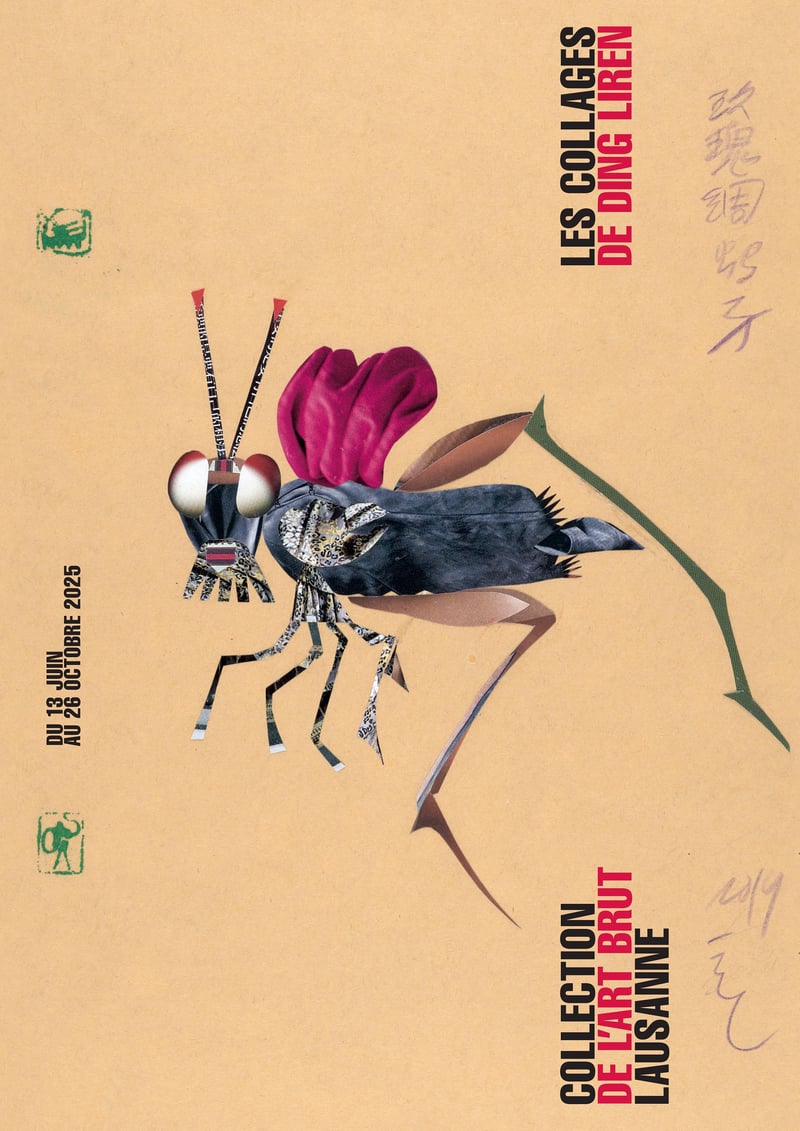
The Collection de l’Art Brut is holding its first solo show of works by Chinese artist Ding Liren. The exhibition will feature a large selection of collages, none of which have been shown in Europe before.
Learn more
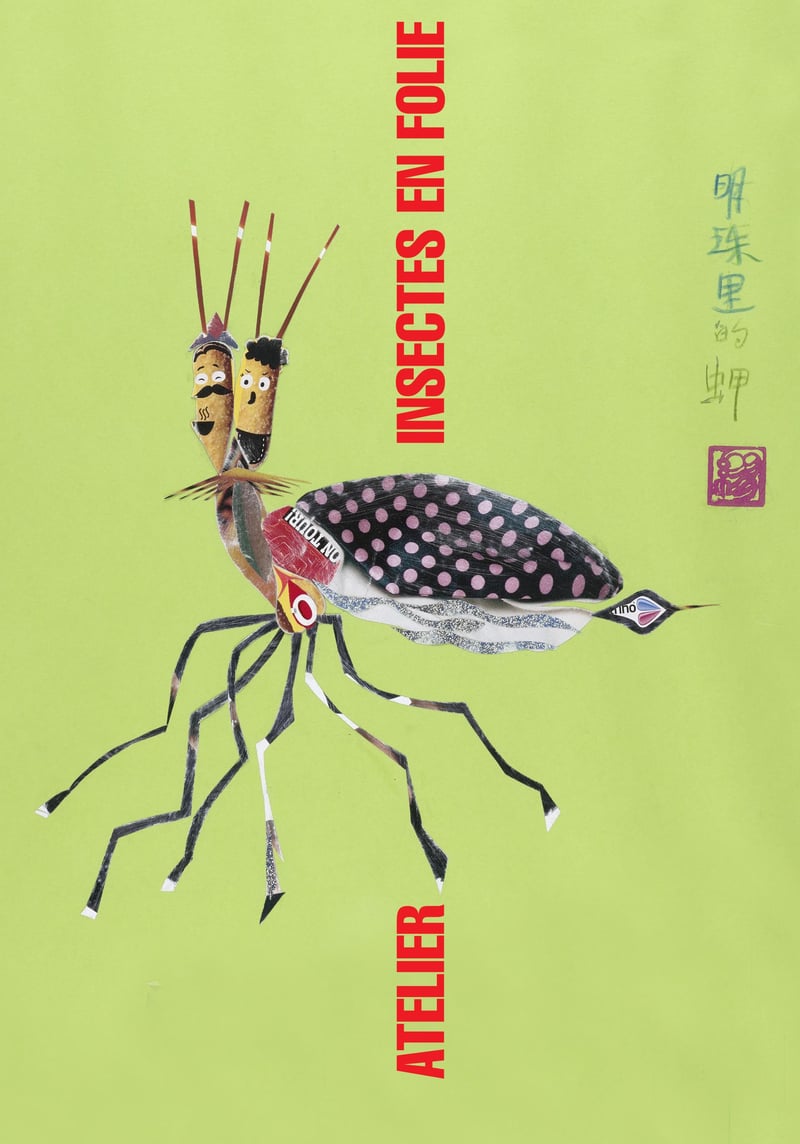
12h00
16h00
Jardin du musée
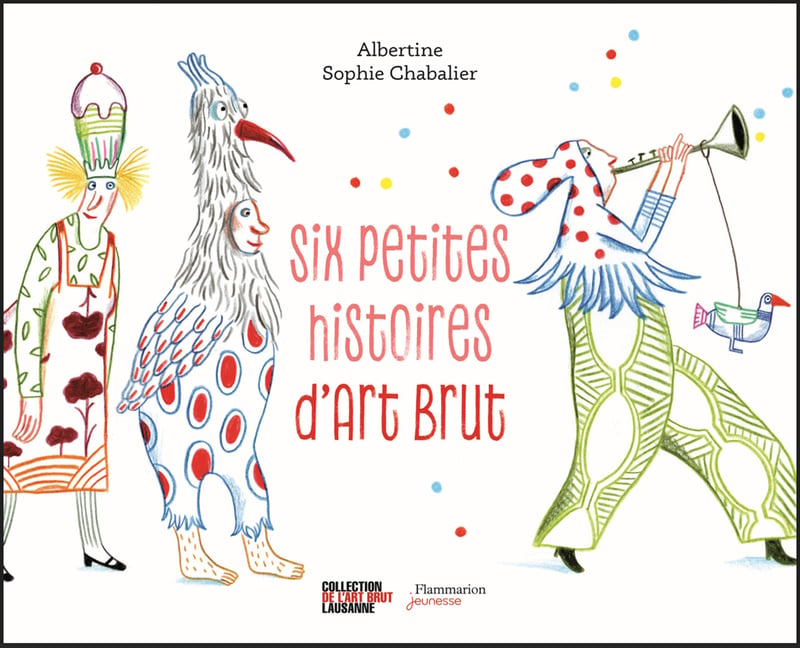
12h00 (75m)
Musée et jardin du musée
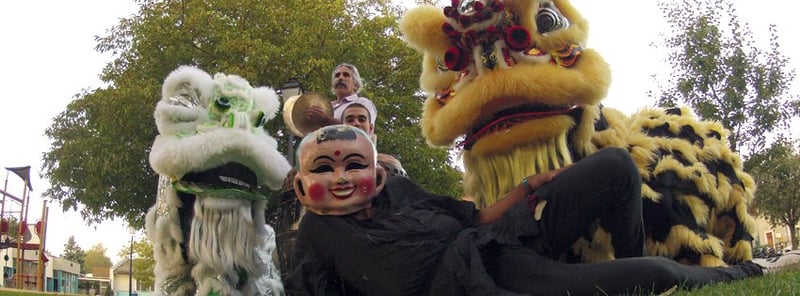
12h30, 19h00 (20m)
Jardin du musée

13h30, 16h30 (20m)
Salle d'exposition Ding Liren
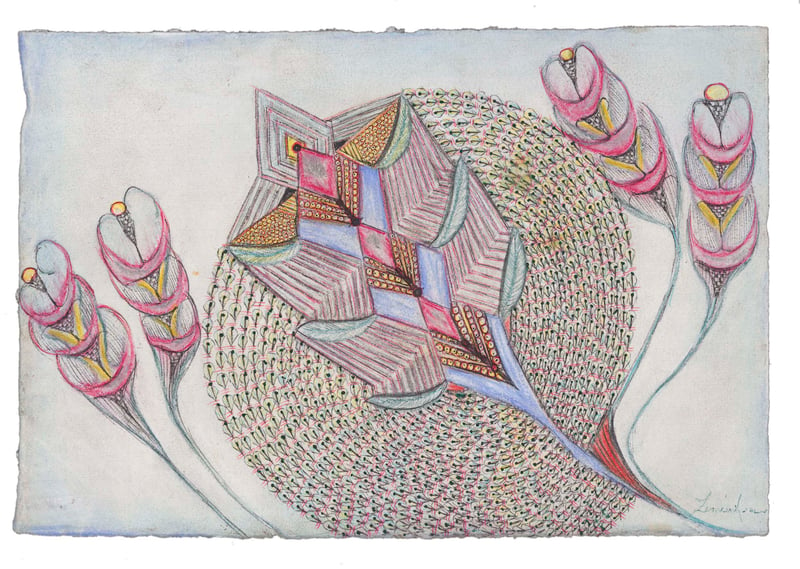
16h00, 20h00, 21h00, 22h00 (20m)
Dans le musée
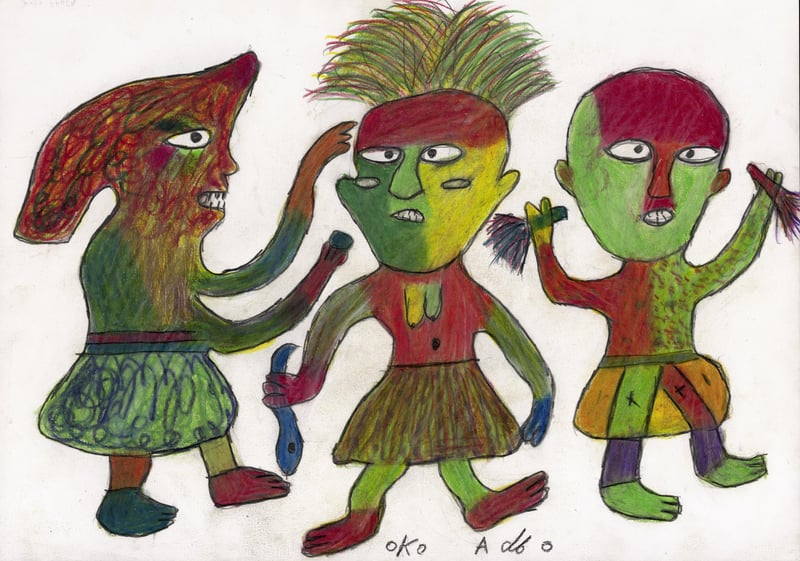
17h30
20h30
Jardin du musée
Works of Art Brut are crafted by self-taught artists, non-conformists with a rebellious spirit or those impervious to the collective norms and values. The artists include prisoners, patients in psychiatric hospitals, eccentrics, recluses and outcasts who create without worrying about criticism from the public and other people’s opinions.
Seeking neither recognition nor approbation, they create a world that serves their own purposes. Their works, produced using methods and materials that are often unique, are unaffected by the influences of artistic tradition and use highly singular forms of representation. The notion of Art Brut is founded on both social and aesthetic characteristics.
We owe the invention of the term “Art Brut” , as well as the existence of the museum, to the French painter Jean Dubuffet (1901-1985). In 1971, Dubuffet donated his collection, an exceptional set of some 5,000 pieces, as well as his Art Brut archives to the city of Lausanne. The Collection de l’Art Brut, located in an 18th century château, was opened to the public on 26 February 1976.